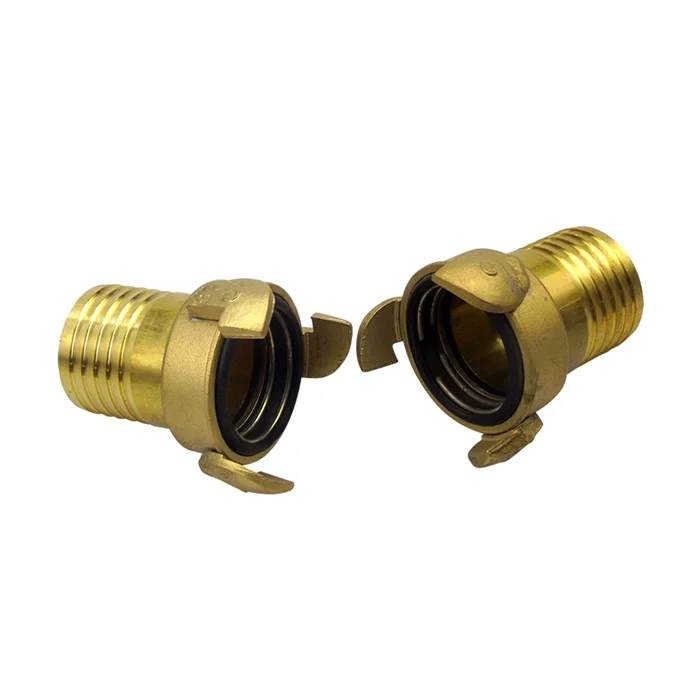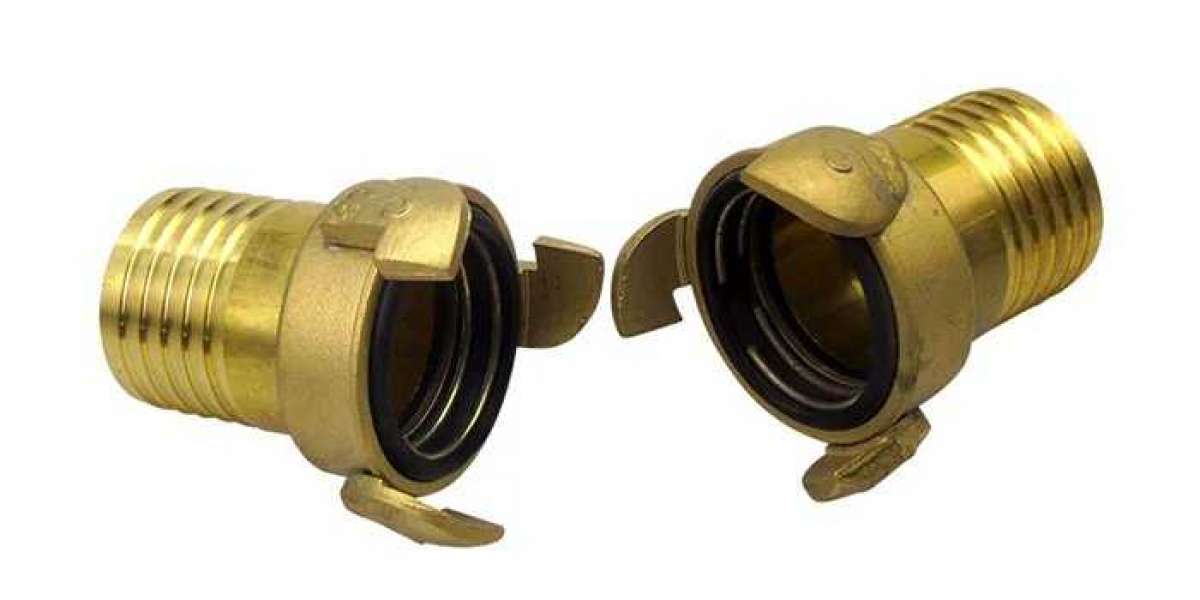Fire hose coupling is an essential component of any firefighting system. It is used to connect hoses to fire hydrants, pumps, and other firefighting equipment. The GOST type coupling is a standard coupling used in Russia and other countries that follow the GOST (Gosudarstvennyy Standart) standards. In this blog post, Jingqi will discuss the manufacturing process of the GOST type fire hose coupling.
Casting
The first step in the manufacturing process of the GOST type fire hose coupling is casting. The coupling is made of brass, which is a copper-zinc alloy. Brass is an excellent material for couplings because it is durable, corrosion-resistant, and has good thermal conductivity.
The casting process involves melting the brass in a furnace and pouring it into a mold. The mold is made of sand, which is packed around a pattern that is the exact shape of the coupling. The molten brass is poured into the mold, and once it cools and solidifies, the sand is removed, leaving behind the casting.
Machining
The next step in the manufacturing process of the GOST type fire hose coupling is machining. Machining involves removing any excess material from the casting and shaping it to the exact dimensions required for the coupling.
The machining process is done using a lathe, which is a machine tool that rotates the casting while a cutting tool removes material from it. The lathe is programmed to cut the casting to the exact dimensions required for the coupling. This process is repeated for each coupling.

Assembly
The final step in the manufacturing process of the GOST type fire hose coupling is assembly. Assembly involves putting together the various components of the coupling, including the body, the locking mechanism, and the gasket.
The body of the coupling is the main part that connects to the hose. It has threads on one end that screw onto the hose and threads on the other end that connect to the locking mechanism. The locking mechanism is what holds the coupling in place and prevents it from coming loose during use. The gasket is a rubber seal that is placed inside the coupling to prevent leaks.
The assembly process involves screwing the locking mechanism onto the body of the coupling and inserting the gasket. The coupling is then tested to ensure that it is functioning correctly and is leak-free.
Conclusion
The GOST type fire hose coupling is an essential component of any firefighting system. It is made of brass, which is a durable and corrosion-resistant material. The manufacturing process of the GOST type fire hose coupling involves casting, machining, and assembly.
Casting involves melting the brass and pouring it into a sand mold. Machining involves removing excess material from the casting and shaping it to the exact dimensions required for the coupling. Assembly involves putting together the various components of the coupling, including the body, the locking mechanism, and the gasket.
The manufacturing process of the GOST type fire hose coupling is a complex and precise process that requires skilled workers and specialized equipment. However, the end result is a high-quality coupling that is essential for fighting fires and saving lives.
https://www.harry-fire.com/Manufacturing-process-of-GOST-type-fire-hose-coupling.html








